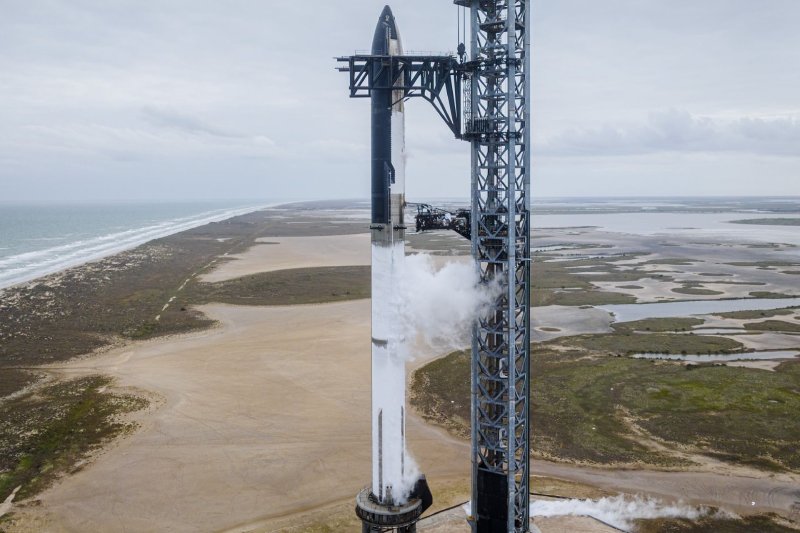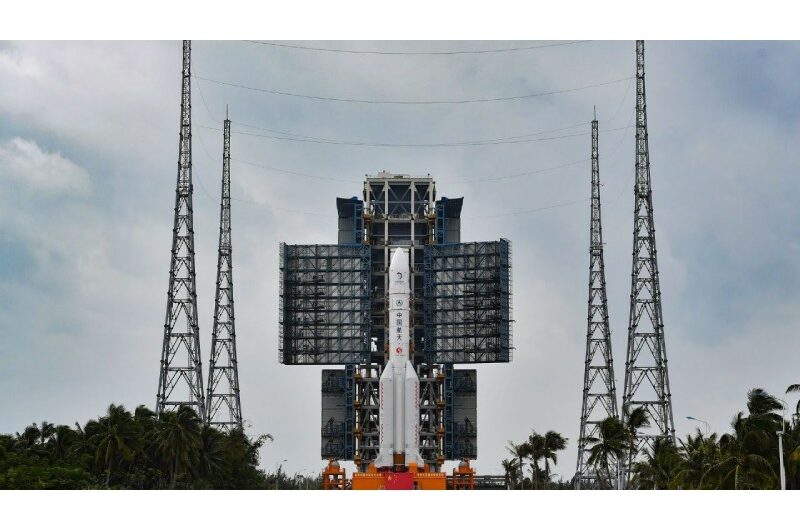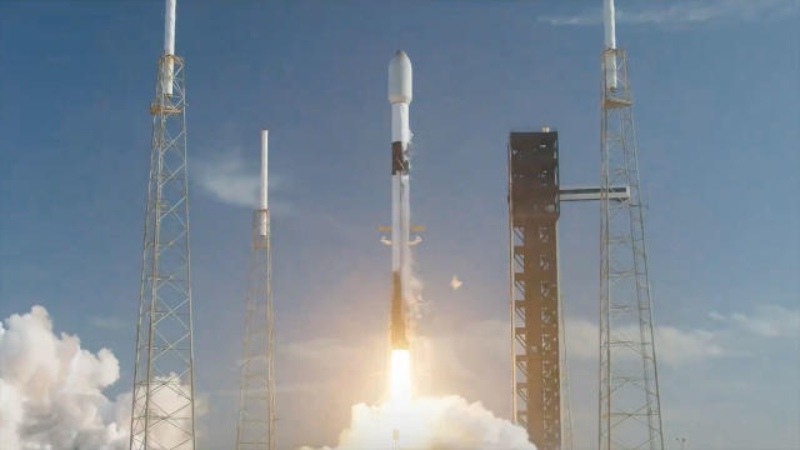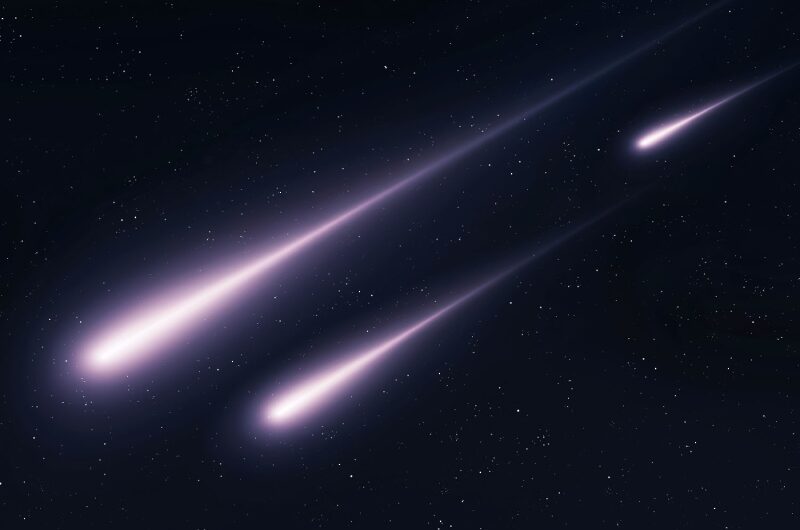After completing its examination of SpaceX’s inquiry into the second Starship launch in November, the Federal Aviation Administration announced on Monday that it had recognized the “root causes and 17 corrective actions” that the firm had pointed out.
Although this implies that the inquiry is now over, before SpaceX can resume flying Starship, it must carry out all necessary corrective procedures and reapply for an amended launch license.
The FAA stated in a statement on Monday that it is reviewing SpaceX’s request to modify its license and that before a decision can be made, SpaceX must provide further necessary information.
In November, SpaceX conducted a second orbital flight test of the almost 400-foot-tall Starship rocket, and this test exceeded the previous by a significant margin: during the nearly three-minute ascent burn, all 33 Raptor engines on the Super Heavy booster powered on successfully. Additionally, the firm successfully executed a first-ever “hot-stage separation,” in which the upper stage of Starship ignited to push away from the booster. This was an extremely challenging maneuver.
It ended in a fiery explosion mid-air, though, just like the first test, which took place in April of last year. The FAA initiates what is called a “mishap investigation” when a rocket launch faces catastrophic problems during flight, which is what has occurred in this instance. Regulators examine these, which are headed by the business. They have to approve the analysis and guarantee that the remedial measures are carried out. The FAA ordered SpaceX to carry out 63 corrective actions following the first test.
After all, the corporation found ten modifications to the Starship vehicle and seven to the booster, according to the FAA:
“Seven booster corrective actions were identified, including redesigns of vehicle hardware to increase tank filtration and reduce slosh, updated thrust vector control system modelling, reevaluation of engine analyses based on OFT-2 data, and updated engine control algorithms. Ten Starship corrective actions were identified, including hardware redesigns to increase robustness and reduce complexity, hardware changes to reduce leaks, operational changes eliminating pre-second engine cutoff propellant dumps, flammability analysis updates, installation of additional fire protection, creation of analytical guidance, performance of transient load analysis, and modeling updates.”
In a rare post-launch postmortem, SpaceX clarified some of these corrective actions in an update that was also released on Monday. The company stated that a filter blockage in one of the Raptor engines was most likely the primary cause of the booster’s “rapid unscheduled disassembly,” which is aerospace jargon for “explosion.” According to the firm, this engine failed “energetically,” which resulted in the booster’s complete loss.
About seven minutes into the flight, a fuel leak caused a fire that cut off connection with the spacecraft’s onboard systems, leading to the top stage of the Starship meeting its demise. Due to this, the engine shut down, causing the vehicle to be destroyed by the autonomous flight termination system.
According to SpaceX’s update, some of these hardware modifications and design enhancements are already present in the vehicle versions that will take off for the third orbital flight test. During a discussion on his social media site, X, company CEO Elon Musk stated that the mission may happen as soon as the second week of March.
“More Starships are ready to fly, putting flight hardware in a flight environment to learn as quickly as possible. Recursive improvement is essential as we work to build a fully reusable launch system capable of carrying satellites, payloads, crew, and cargo to a variety of orbits and Earth, lunar, or Martian landing sites,” SpaceX said in the update.
In the end, SpaceX wants to finish the entire mission profile, which includes a controlled splashdown in the Gulf of Mexico and the Super Heavy rocket performing a “boost back burn.” The starship would then land in the Pacific Ocean after traveling halfway around the globe.
Topics #FAA #SpaceX #Starship Test Fire










